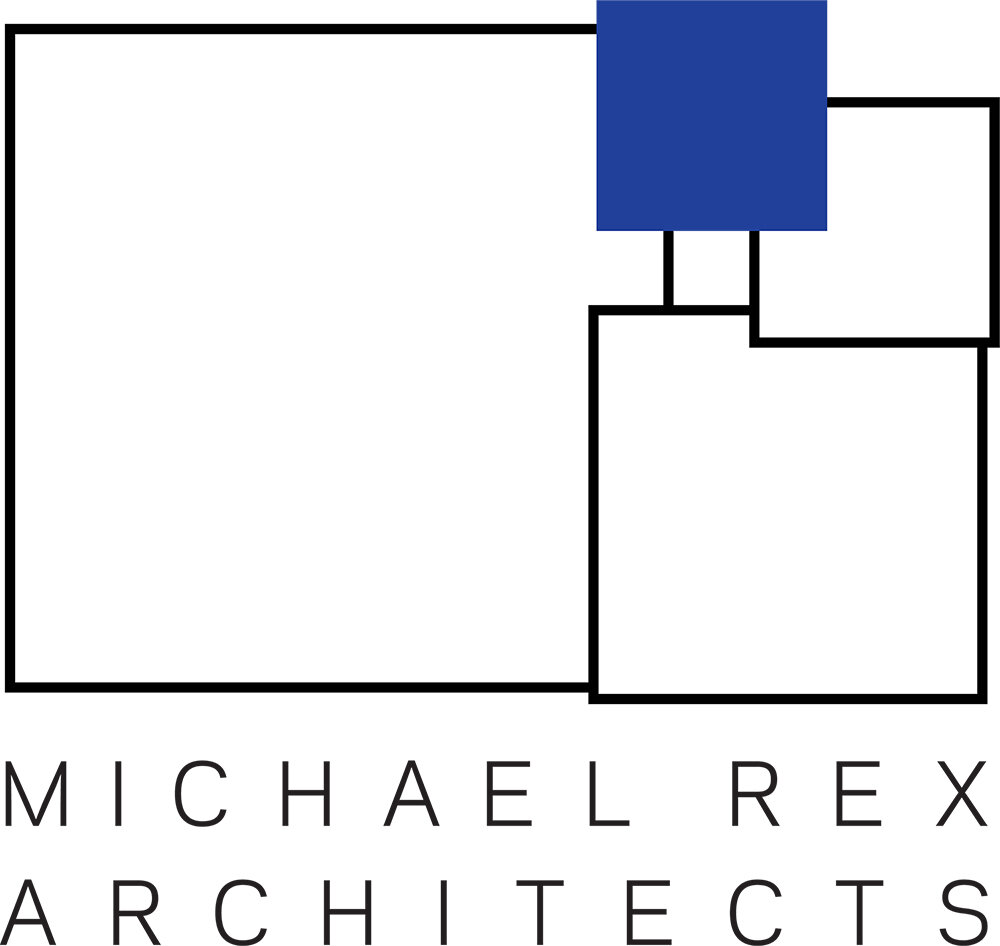Seven Tips For Effectively Communicating Your Goals To Your Architect
Communicating clearly is important to ensure that your project comes out exactly as you want. The following simple exercise enables your architect to focus on what you truly want, both practically and aesthetically, and perhaps just as important, what you do not want. By spending a few minutes doing this exercise, you can help avoid misunderstandings that can lead to multiple iterations and costly changes, thus saving time and money as the project progresses.
1. Write your goals down.
Doing so will help you define and develop your ideas. Everyone involved should write down his or her goals separately, then review them together. In this way, each person has the opportunity to explore and express their personal point of view, and uncover potential conflicts early on, so they can be addressed before the work starts.
2. Separate your input into these Three Chapters.
Chapter One – Site Improvements
• Tell us about your goals for the garden, starting at the street and progressing to the rear yard.
Chapter Two – The Home’s Exterior
• What architectural style is preferred?
• What should be enhanced and what problems should be solved?
Chapter Three – The Home’s Interior
• List the rooms and then examine each one separately.
3. Aesthetic verses functional needs.
Each Chapter can have two Sections:
• Aesthetic Section – describe what each space should look like and how it should feel.
• Functional Section – describe in detail how you wish to use each space and which spaces should be near others. If known, suggest a preferred size for each space.
4. Use Bullet Points.
Wading through long paragraphs can cause ideas to be less accessible. Be clear & concise about each point, using as few words as possible, but making them as descriptive as you can.
5. Establish Priorities.
List your “must haves” separately for your “nice to have, but not essential.”
6. Annotate Your Photos.
• Provide images of designs you like by clipping photos from magazines, or posting digital photos from Houzz or other sources on Pinterest, Evernote, or other image-sharing website.
• In each photo, identifying the pertinent elements and cross out those that are not important.
7. List Your Dos and Don’ts
• Words are powerful and paint a picture. Provide a list of words – the Dos – that describe things you like or want.
• Provide a separate list of words – the Don’ts – that describe what you don’t like and wish to avoid
Your written input can be in any form or length you wish. What is needed it that you cover all that is important. Better communication up front will help ensure your architect understands your goals and effectively incorporates your ideas into the design you’ve always dreamed of.
